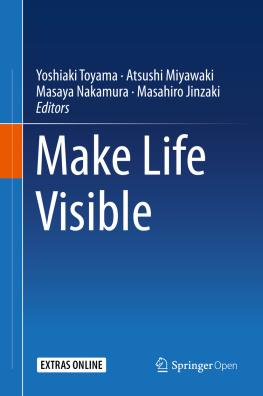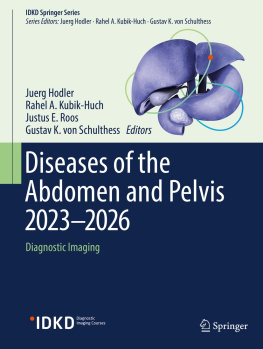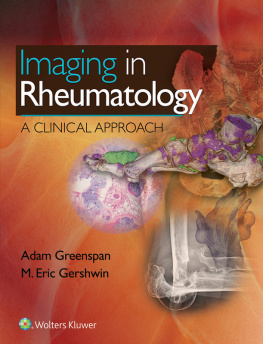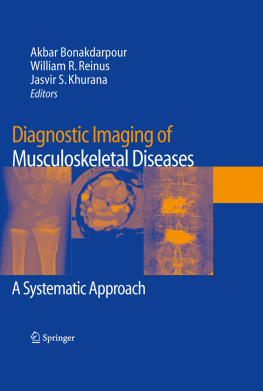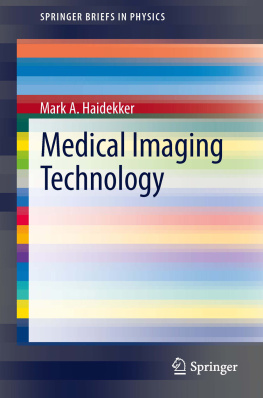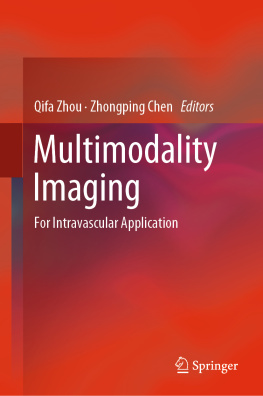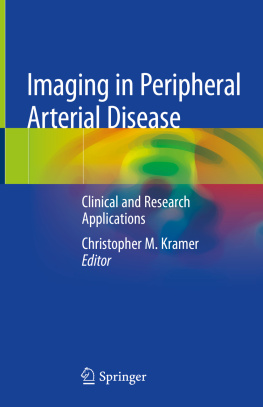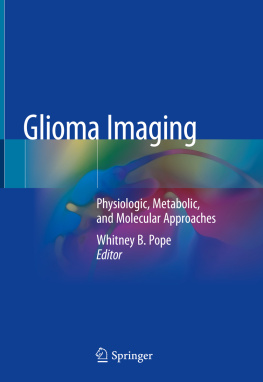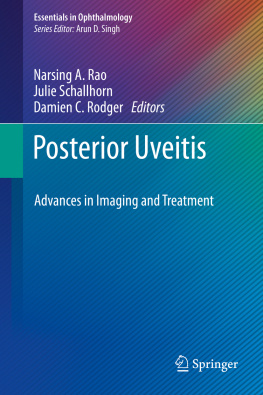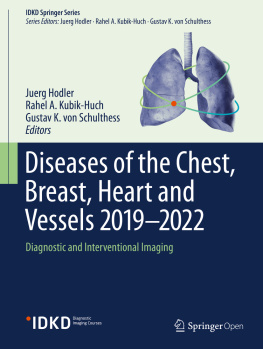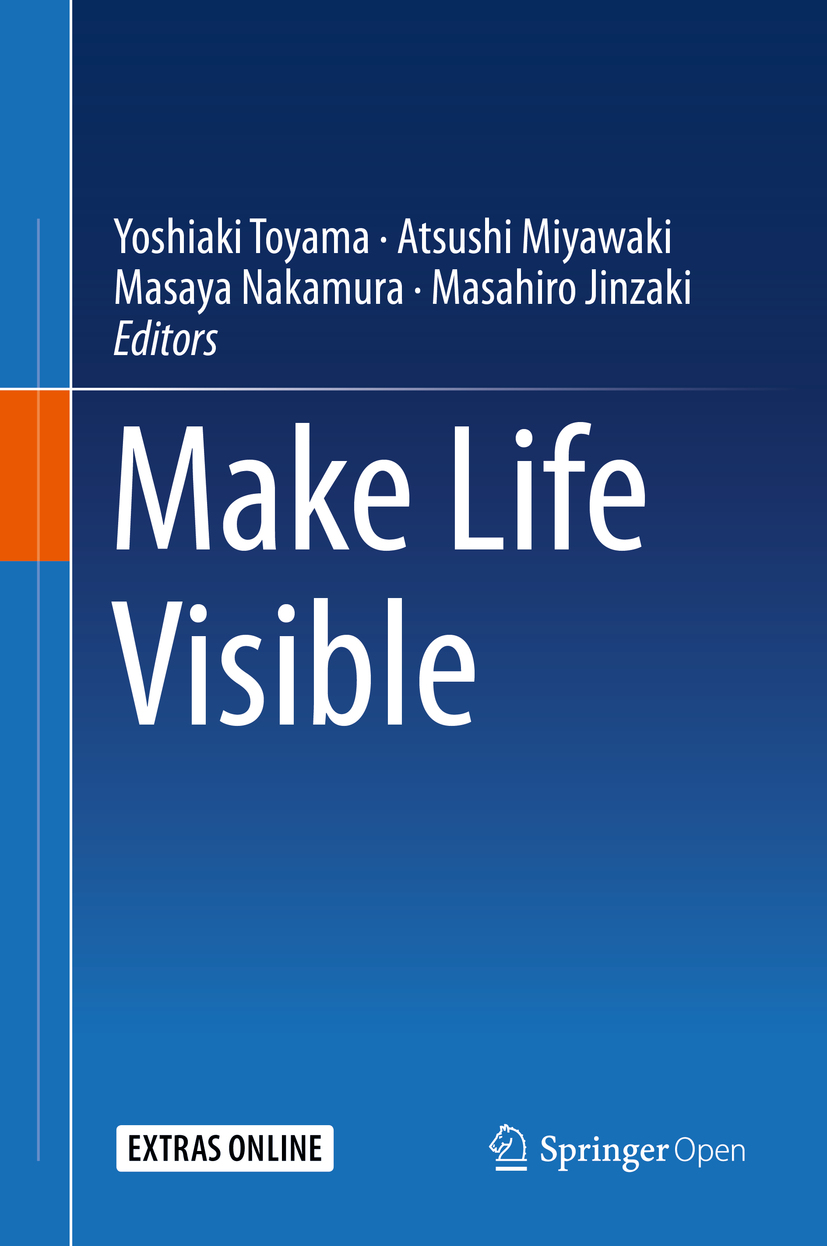Editors
Yoshiaki Toyama
Department of Orthopaedic Surgery, Keio University, School of Medicine, Shinjuku, Tokyo, Japan
Atsushi Miyawaki
RIKEN, Center for Brain Science, Laboratory for Cell Function Dynamics, Wako, Saitama, Japan
Masaya Nakamura
Department of Orthopaedic Surgery, Keio University, School of Medicine, Shinjuku, Tokyo, Japan
Masahiro Jinzaki
Department of Diagnostic Radiology, Keio University, School of Medicine, Shinjuku, Tokyo, Japan
ISBN 978-981-13-7907-9 e-ISBN 978-981-13-7908-6
https://doi.org/10.1007/978-981-13-7908-6
This book is published open access.
The Editor(s) (if applicable) and The Author(s) 2020

Open AccessThis book is licensed under the terms of the Creative Commons Attribution 4.0 International License (http://creativecommons.org/licenses/by/4.0/), which permits use, sharing, adaptation, distribution and reproduction in any medium or format, as long as you give appropriate credit to the original author(s) and the source, provide a link to the Creative Commons license and indicate if changes were made.
The images or other third party material in this book are included in the book's Creative Commons license, unless indicated otherwise in a credit line to the material. If material is not included in the book's Creative Commons license and your intended use is not permitted by statutory regulation or exceeds the permitted use, you will need to obtain permission directly from the copyright holder.
The use of general descriptive names, registered names, trademarks, service marks, etc. in this publication does not imply, even in the absence of a specific statement, that such names are exempt from the relevant protective laws and regulations and therefore free for general use.
The publisher, the authors, and the editors are safe to assume that the advice and information in this book are believed to be true and accurate at the date of publication. Neither the publisher nor the authors or the editors give a warranty, express or implied, with respect to the material contained herein or for any errors or omissions that may have been made. The publisher remains neutral with regard to jurisdictional claims in published maps and institutional affiliations.
This Springer imprint is published by the registered company Springer Nature Singapore Pte Ltd.
The registered company address is: 152 Beach Road, #21-01/04 Gateway East, Singapore 189721, Singapore
Preface
In recent years, marked advances in imaging technology have enabled the visualization of phenomena formerly believed to be completely impossible. These technologies have made major contributions to the elucidation of the pathology of diseases as well as to their diagnosis and therapy. Adding further promise for future development are imaging tools in the broad sense, such as optics and optogenetics the revolutionary use of light to control cells and organisms.
From molecular imaging to clinical images, the Japanese are world leaders in basic and clinical research of visualization. We strive to foster innovative, creative, advanced research that gives full play to imaging technology in the broad sense while exploring cross-disciplinary areas in which individual research fields interact and pursuing the development of new techniques where they fuse together.
The 9th Specific Research Project, Make Life Visible, was established by the Uehara Memorial Foundation as a 3-year research project to support such research. In this Special Project, three areas (Sessions 13) were targeted from basic research to clinical application. Nineteen Japanese researchers were selected, and research was begun in 2015.
Session 1. Visualizing and Controlling Molecules for Life
Session 2. Imaging Disease Mechanisms
Session 3. Imaging-Based Diagnosis and Therapy
The 12th Uehara International Symposium 2017, entitled Make Life Visible, was convened in Tokyo from June 12 to 14, 2017. In this international symposium, we have built on the outcomes of the 9th Special Project, with presentations focusing on the cutting-edge findings of visualization technologies by the Japanese Special Project members as well as ten leading researchers invited from overseas.
The aim of this symposium was to be a forum for the presentation of the latest research outcomes, future prospects, and new strategies in visualization technology, from basic research to the clinical front lines (diagnosis and treatment).
Thanks to the speakers, most of the chapters contain a video file of this symposium, and we are very pleased to be able to publish the proceedings of this exiting symposium.
Yoshiaki Toyama
Atsushi Miyawaki
Masaya Nakamura
Masahiro Jinzaki
Tokyo, Japan Saitama, Japan Tokyo, Japan Tokyo, Japan
Contents
Part IVisualizing and Controlling Molecules for Life
Lihong V. Wang
Itaru Imayoshi , Mayumi Yamada and Yusuke Suzuki
Andrey Andreev , Scott E. Fraser and Sara Madaan
Sachiko Tsukita , Tomoki Yano and Elisa Herawati
Karl Deisseroth
Tomomi Kiyomitsu
Kazuya Kikuchi and Tatsuya Nakamura
Kazuo Funabiki
Parker E. Deal , Vincent Grenier , Rishikesh U. Kulkarni , Pei Liu , Alison S. Walker and Evan W. Miller
Tomohiro Shima and Sotaro Uemura
Atsushi Miyawaki and Hiroko Sakurai
Part IIImaging Disease Mechanisms
A. Vania Apkarian
Masaya Nakamura
Nicholas Isaac Smith
James T. Pearson , Hirotsugu Tsuchimochi , Takashi Sonobe and Mikiyasu Shirai
Ulrich H. von Andrian
Takeshi Kanda , Takehiro Miyazaki and Masashi Yanagisawa
Ryo Endo , Noriko Takashima and Motomasa Tanaka
Shigeo Okabe
Part IIIImaging-Based Diagnosis and Therapy
Denis Le Bihan
Takahiro Matsui and Masaru Ishii
Hisataka Kobayashi
Yasuyoshi Watanabe , Masaaki Tanaka , Akira Ishii , Kei Mizuno , Akihiro Sasaki , Emi Yamano , Yilong Cui , Sanae Fukuda , Yosky Kataoka , Kozi Yamaguti , Yasuhito Nakatomi , Yasuhiro Wada and Hirohiko Kuratsune
Yasuteru Urano
Geoffrey D. Rubin
Zachary Chow , Gyohei Egawa and Kenji Kabashima
Masahiro Jinzaki
Sanjiv Sam Gambhir
Yasuhisa Fujibayashi , Yukie Yoshii , Takako Furukawa , Mitsuyoshi Yoshimoto , Hiroki Matsumoto and Tsuneo Saga
1. Photoacoustic Tomography: Deep Tissue Imaging by Ultrasonically Beating Optical Diffusion

